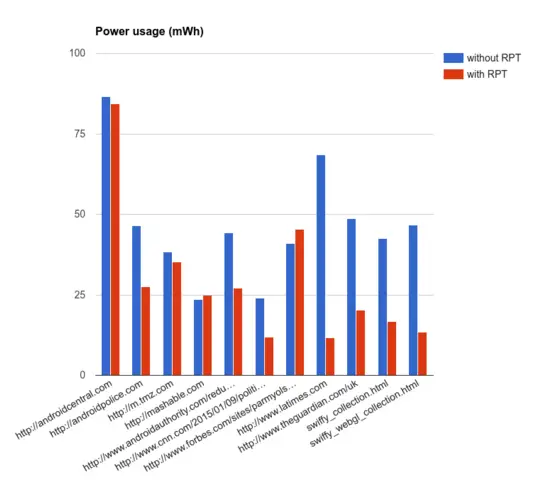Google’s mobile Chrome apps have been in the news quite a bit over the last few weeks in regards to the removal of the ability to merge apps and tabs. What was hidden underneath all the surrounding hubbub are some new features to Chrome Beta that may have pretty big implications.
The first of these changes in v51 is the addition of the Credential Management API. This will allow users to easily log into their favorite websites when prompted using login information saved within Google’s Smart Lock. For those who don’t know what Smart Lock is, it’s a way that Google has created to remember all of your entered passwords for any and all of your favorite websites.
With the integration of Credential Management API, this will allow users to be prompted to log-in with the account of choice when visiting any site that has the API enabled for it. As you can see in the video below, once you have logged in and saved the login information for the first time, the API will create a dialog box that pops up with any saved accounts for that site.
There are some features similar to this that are built into apps like LastPass, a popular password-management service, but for Google to roll it out officially will make life a lot easier. Once enabled for your favorite sites, you won’t need to rely on a third-party service to store your passwords and can just rely on the help of Google’s Smart Lock to login to every site.
The next big feature is the reduction of power consumption within Google Chrome. We are all too familiar with just how resource-hungry Chrome is on our devices, regardless of whether it’s on mobile or on the desktop. Google is starting to integrate back-end features that reduce the drain on our devices, giving us just a bit more battery life while browsing the web.
In the graph below, Google tested the power-consumption across 11 different sites, comparing how each site loaded with and without this new feature being used. In some cases, the power consumption difference was very low, but in others, as seen with the LA Times, there’s a massive difference when using the new rendering pipeline.

Within the Chromium changelog, Google states that this new rendering project:
…reduces power consumption by up to 30% on several popular mobile sites without affecting the user experience.
Even though the rest of Android’s OS still needs some love in regards to reducing it’s power footprint, it’s cool to see Google testing out these steps and giving everyone a taste without needing to wait for the official app to be updated.
Download on Google Play: Chrome Beta
[via Chromium Blog]












Comments